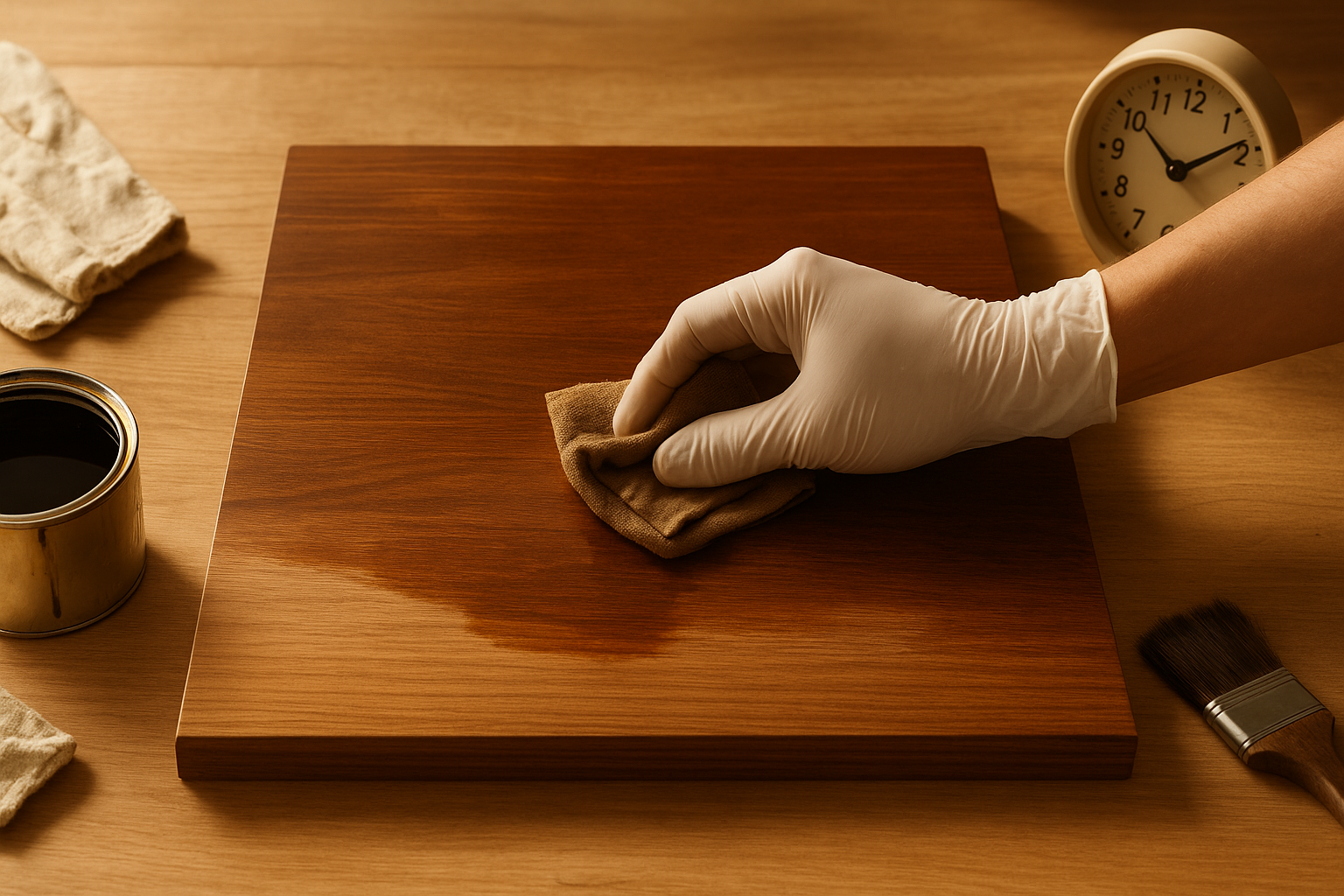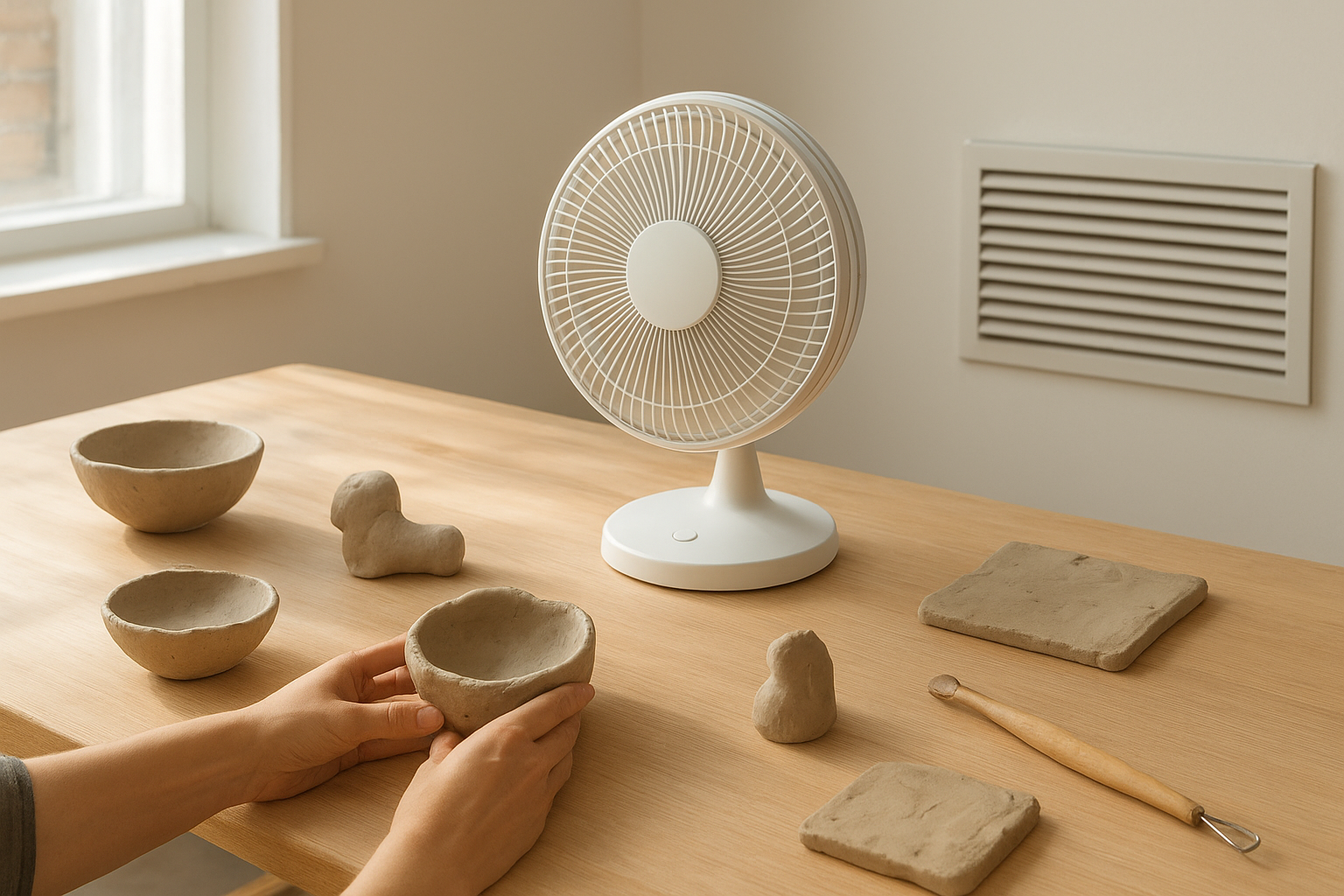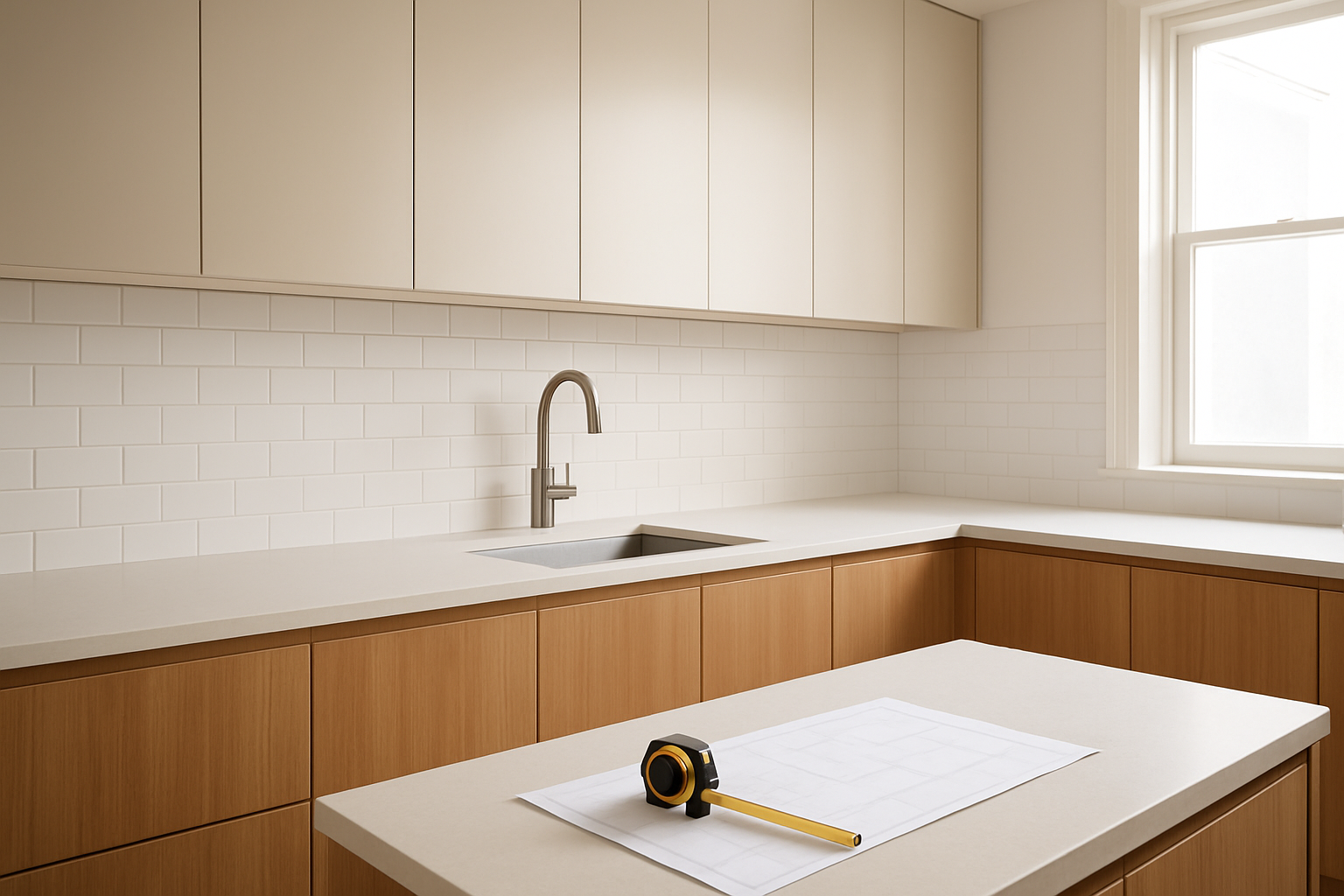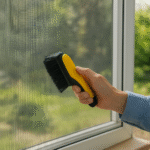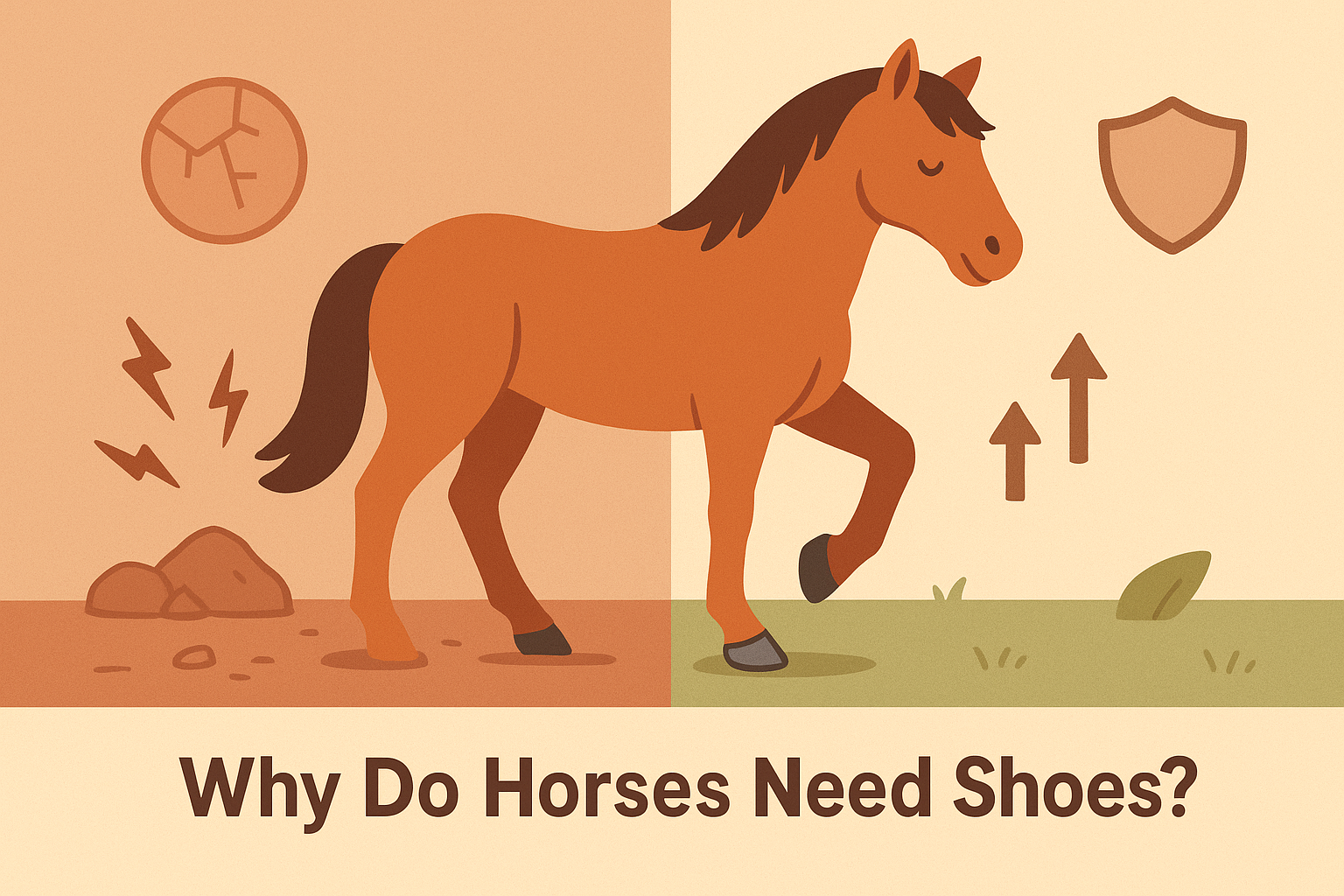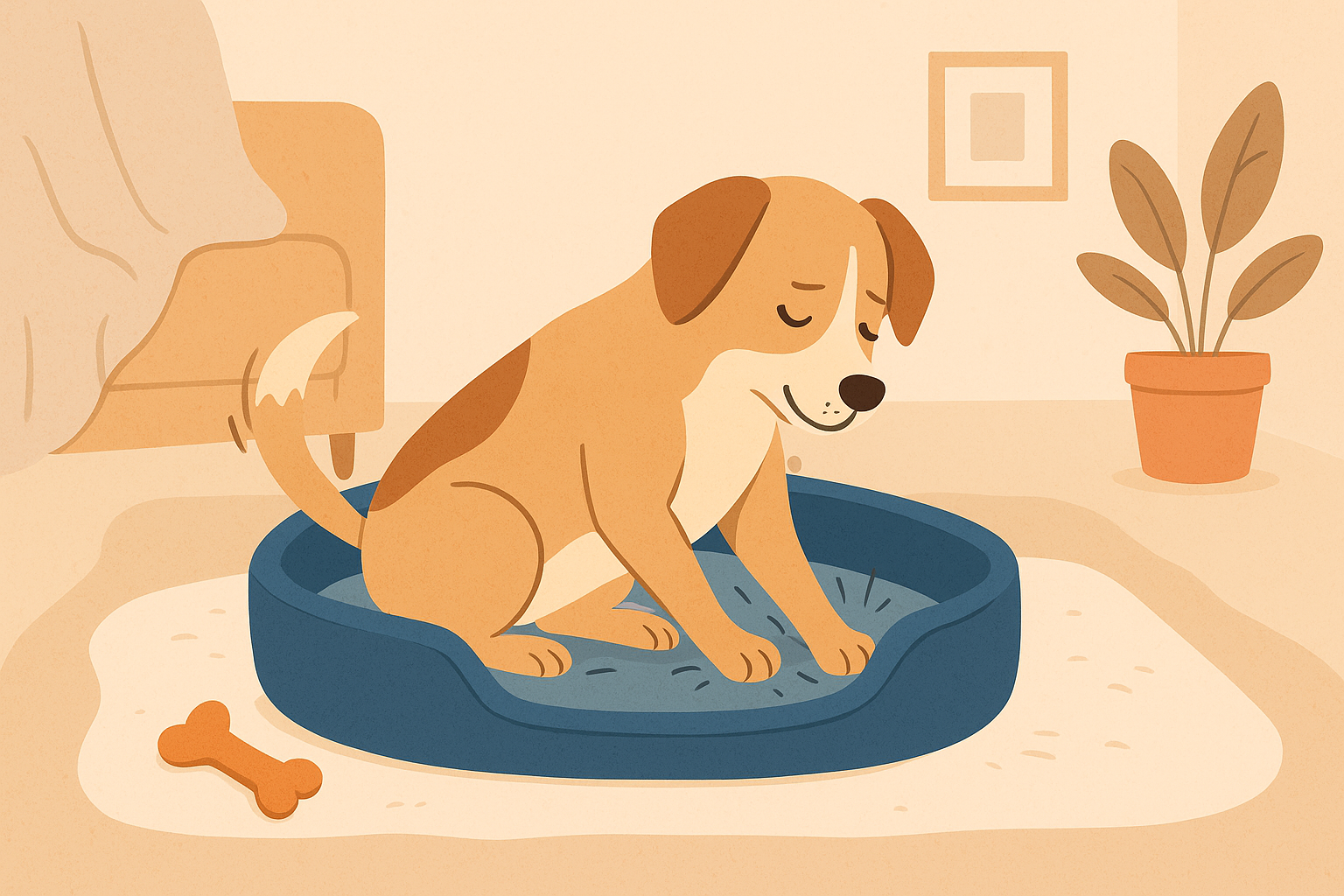If you’ve ever looked out your window to find your favorite hen proudly perched on top of the fence, you know the mix of panic and admiration that comes next. Chickens can be surprisingly good fliers — at least for short bursts — and that can lead to problems when they wander too far. Whether you’re trying to protect your flock, keep the peace with your neighbors, or stop garden raids, learning how to clip chicken wings is a simple and humane solution.
And don’t worry — when done right, it doesn’t hurt them one bit.
🪶 What Does Clipping Chicken Wings Mean?
Clipping chicken wings means trimming the outer flight feathers on one wing to prevent chickens from flying over fences. It’s a painless process, like cutting hair or nails, and doesn’t harm the bird’s balance or well-being when done properly.
Essentially, you’re not removing wings or affecting how your chicken moves — you’re just limiting its “lift.” Chickens can still hop, flutter, and run; they just can’t clear your garden fence anymore.
🧭 Why Do People Clip Chicken Wings?
Wing clipping isn’t about controlling chickens — it’s about keeping them safe. Here’s why most backyard owners and homesteaders do it:
- To stop escapes: Chickens can easily flutter over 4–5 foot fences.
- To protect them: If they fly into open areas, predators like dogs or hawks can spot them.
- To save your garden: One rogue hen can turn a vegetable patch into chaos.
- To maintain order: Clipping helps new or younger birds stay within the flock area.
By trimming just one wing, you gently disrupt their balance when they try to fly — enough to discourage high jumps, but not enough to cause distress.
⏰ When Is the Right Time to Clip Chicken Wings?
Timing matters. Clip your chicken’s wings only after they’ve fully grown their adult feathers, usually around 5–6 months old. Doing it earlier can lead to bleeding if you cut into new (blood) feathers.
You’ll typically need to reclip:
- Once or twice a year, depending on how often your chickens molt.
- After each molting season, since feathers regrow completely.
💡 Tip: Avoid clipping during cold or wet months — feathers help retain warmth and protect against moisture.
🧺 What You’ll Need Before You Start
Getting your tools ready makes the process calm and stress-free — for both you and your chicken.
You’ll need:
- A pair of sharp scissors or poultry shears
- A towel or small blanket to wrap and hold the chicken gently
- A helper (especially helpful for first-timers)
- Good lighting to clearly see the feathers
Optional: Some treats to reward your bird afterward — positive association helps!
✂️ How to Clip Chicken Wings (Step-by-Step Guide)
Here’s the safe and humane way to clip your chicken’s wings:
Step 1: Calm your chicken.
Pick it up gently and wrap it snugly in a towel, leaving one wing exposed. Talk softly or pet the bird to keep it relaxed.
Step 2: Spread the wing.
Hold the wing open gently to reveal the feathers. You’ll notice long outer feathers (called primary flight feathers) and shorter inner feathers.
Step 3: Identify the flight feathers.
These are the 10 longest feathers at the end of the wing — they’re what give chickens their lift.
Step 4: Trim halfway across.
Using sharp scissors, cut about halfway down the length of each primary feather. Don’t cut too close to the base — you’ll see pale quills with no blood vessels in safe zones.
Step 5: Do only one wing.
Clipping both wings evens the bird’s balance and makes flight possible again. Keeping one side shorter ensures they stay grounded safely.
Step 6: Comfort your chicken.
After clipping, give your bird a treat or let it walk around. Most chickens forget the process in minutes.
❤️ Does It Hurt to Clip a Chicken’s Wings?
Nope — not if you do it right. Once feathers are mature, they have no nerves or blood supply. Think of it like trimming your own hair or nails.
The only risk is accidentally cutting a blood feather, which contains a visible dark vein. If you see one, skip it and wait until it matures and hardens.
🔄 How Often Should You Clip Wings?
Since feathers grow back during molting, you’ll likely need to reclip your chickens once or twice a year. Watch for them regaining flight power — it’s usually a hint those feathers have grown long again.
Pro tip: keep a journal or calendar note of your clipping dates to stay on schedule.
⚠️ Common Mistakes to Avoid
Even experienced keepers sometimes make these errors:
- Cutting both wings — it evens out their balance, so they can still fly.
- Trimming too short — may hit a blood feather and cause minor bleeding.
- Using dull scissors — can crush feathers instead of cleanly cutting them.
- Rushing the process — nervous hands make chickens nervous too.
Take your time, stay calm, and make it part of your regular care routine.
🪺 Alternatives to Clipping Wings
If you’re not comfortable clipping, here are gentle alternatives that can also help:
- Build taller fences (5–6 ft minimum for flighty breeds).
- Use netting or enclosed runs for total protection.
- Offer distractions like perches, dust baths, or shade zones — bored chickens tend to explore.
- Train your flock’s routine — chickens love patterns and will return to the coop if it feels safe and familiar.
🧠 Quick FAQ
How do you clip a chicken’s wings safely?
Spread one wing, trim halfway along the 10 primary feathers, and only clip one side. Avoid cutting into blood feathers.
Do clipped wings grow back?
Yes! Feathers regrow after molting, so reclip once or twice yearly.
Will clipping both wings stop them from flying completely?
No — it might actually help them balance mid-flight. Always clip just one wing.
Can I clip baby chicks’ wings?
Not yet. Wait until they’ve matured and grown all adult feathers — usually after 5 months.
🌾 Final Thoughts
Clipping chicken wings isn’t cruel — it’s caring. Done correctly, it’s painless and helps keep your flock safe from predators, traffic, or unplanned adventures. Think of it as gentle “flight control” that protects your birds and your peace of mind.
If you’re designing your backyard homestead, check out our guide to Goat House Ideas — perfect for multi-animal setups. Or, for a safety-focused read, see Is Fishing in an Inflatable Boat Safe? — because whether it’s your chickens or your weekend adventure, safety always comes first.





